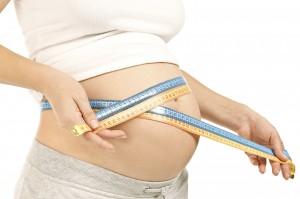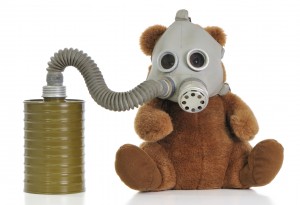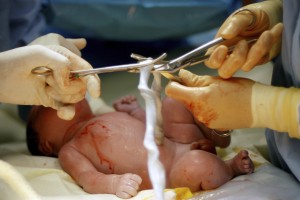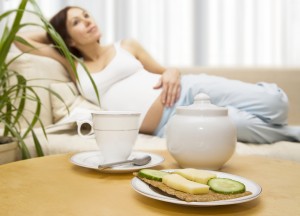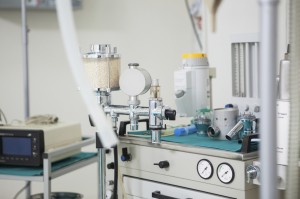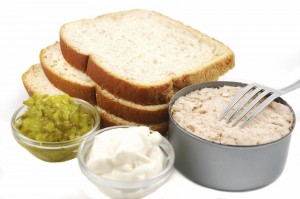
You may have heard about the recent recommendation from Consumer Reports that all pregnant and nursing women avoid all types of tuna, due to concerns about mercury exposure for the unborn baby or newborn. This has a lot of women, and even some doctors, confused about whether to nix all tuna for pregnant or nursing women, or whether it is still safe to consume some tuna varieties.
Until now, public health experts agreed that albacore tuna (the white variety) was unsafe, due to its higher mercury content. But chunk “light” tuna (the darker kind) was always recommended as safe, so long as it was eaten in moderation. In fact, only in June of this year, the Environmental Protection Agency and the Food and Drug Administration issued a joint recommendation that pregnant or nursing women eat a minimum of 8 to 12 ounces (2-3 servings) of low-mercury fish per week. Canned light tuna was included on the list of these safer fish that pregnant or nursing women could consume.
Read More


